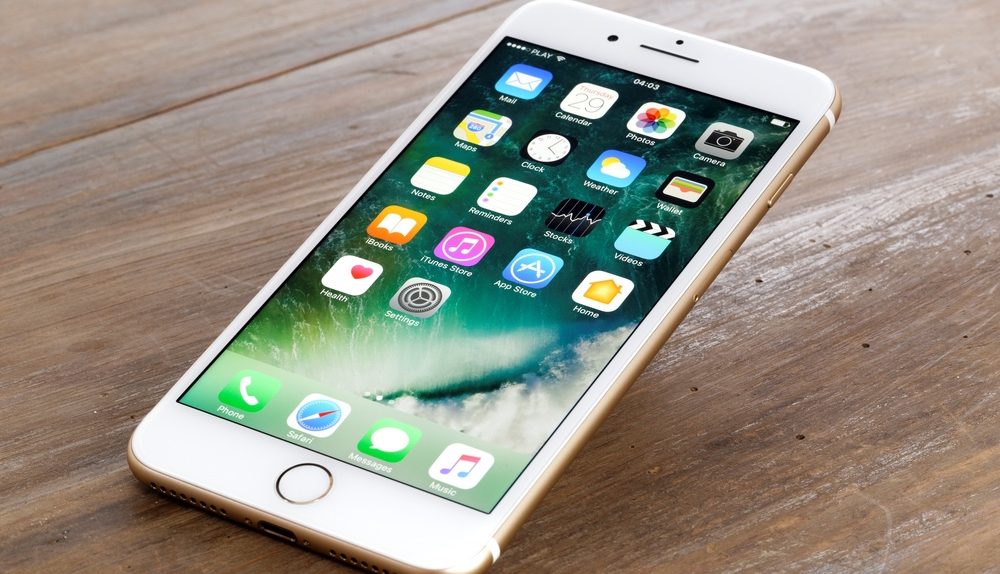After acknowledging that it hampers performance on older iPhone models with degraded batteries, Apple has been struggling to regain its footing. Not only does the company currently face upwards of 40 class-action lawsuits, its actions also attracted the attention of the DOJ and the SEC. In an effort to address the situation, Apple a few weeks back instituted a battery replacement program whereby impacted users can receive a fresh battery for $29.
We’ve learned since that demand for new iPhone batteries has been strong, as Apple outlined in a response letter to lawmakers earlier this month. While the ability to swap out an old battery for a new one is great for consumers, it may not be so great for Apple’s bottom line. In a revised note investor note, obtained by Business Insider, Barclays analyst Mark Moskowitz explained that Apple’s iPhone battery replacement program might help cannibalize iPhone sales.
While it remains to be seen how iPhone upgrade rates shake out for the quarter, Moskowtiz’s argument is certainly well-reasoned. As he explains it, if current iPhone owners can simply receive a brand new battery for $29 — and in effect get a device that’s as good as new — the impetus to upgrade to a new device entirely is necessarily diminished.
“If sustained,” Moskowitz writes, “then we think the prospect of that sought-after super cycle showing up is even less likely.”
Moskowitz previously speculated that Apple’s batterygate scandal could end up costing the company billions in lost revenue.
For what it’s worth, Tim Cook during Apple’s most recent earnings conference call explained that Apple did not take upgrade rates into account when establishing the battery replacement program.
“We did not consider in any way, shape, or form, what it would do to upgrade rates,” Cook said last week. “We did it because we thought it was the right thing to do for our customers. And sitting here today, I don’t know what effect it will have. And again, it’s not and was not in our thought process of deciding to do what we’ve done.”
Taking a more optimistic view of Apple’s iPhone prospects, well-regarded analyst Ming-Chi Kuo is of the mind that the real iPhone super cycle will get underway later this year when Apple releases its 2018 iPhone lineup, which will include a 6.1-inch device with an edgeless LCD display. According to reports, the device will cost somewhere in the $700 – $800 range and will provide users with a way to get an iPhone X styled device without having to shell out a minimum of $999.








